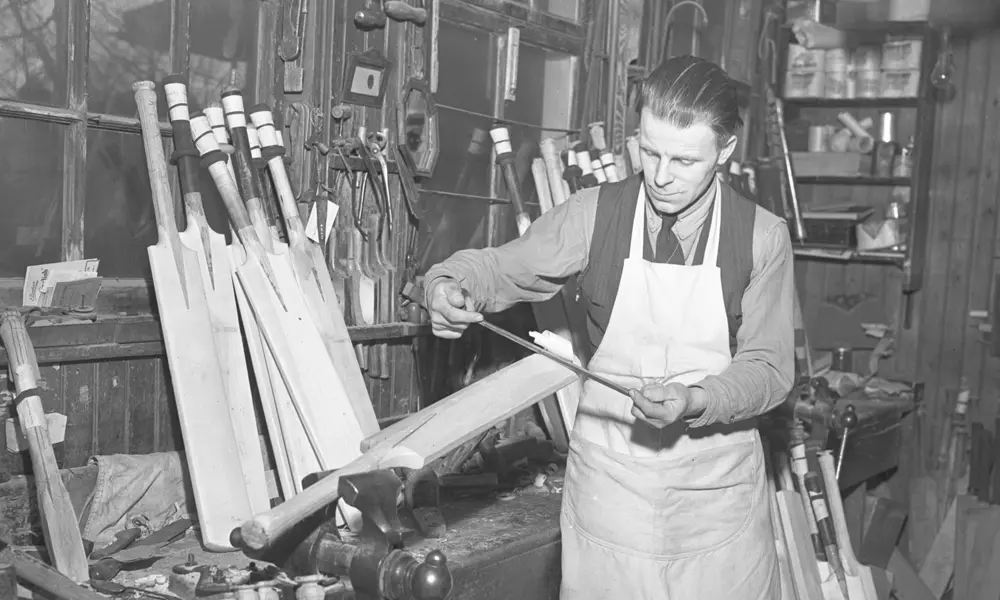From Willow to Wonder Material: The Evolution of Cricket Bat Materials

In the timeless game of cricket, few objects hold as much significance as the bat itself. A symbol of power, precision, and tradition, the cricket bat has undergone a remarkable evolution over the years, transitioning from humble beginnings to cutting-edge engineering marvels. Join me as we embark on a journey through time, tracing the fascinating evolution of cricket bat materials.
The Age of Willow: A Tradition Takes Root
For centuries, the cricket bat has been synonymous with one material: willow. Harvested from the Salix alba caerulea tree, this wood possesses the perfect blend of strength, flexibility, and responsiveness required for effective stroke play. From the handcrafted masterpieces of yesteryears to the standardized factory-produced bats of today, willow remains the gold standard in cricket bat construction, revered for its natural properties and time-tested reliability.
Innovations and Experimentation: Pushing the Boundaries
As cricket evolved into a faster, more dynamic sport, so too did the quest for innovation in bat design. Enterprising manufacturers began exploring alternative materials in pursuit of lighter bats with enhanced performance characteristics. Fiberglass, carbon fiber, and composite materials emerged as contenders, promising greater durability, power transfer, and weight distribution. While these experiments yielded mixed results, they paved the way for future advancements in bat technology.
The Rise of Composites: Engineering Excellence
In recent years, composite materials have revolutionized the cricket bat landscape, offering a compelling blend of tradition and innovation. Combining high-performance fibers such as carbon, Kevlar, and fiberglass with traditional willow cores, composite bats deliver unparalleled power, stability, and control. Advanced manufacturing techniques, including computer-aided design and robotic machining, ensure consistency and precision in every bat produced. Moreover, composite bats boast superior durability, minimizing the risk of damage from impacts and moisture.
The Future of Bat Technology: Beyond Boundaries
As cricket continues to evolve in the 21st century, so too will the quest for the ultimate cricket bat. Emerging technologies such as 3D printing, nanomaterials, and smart sensors promise to push the boundaries of bat design even further, offering players unprecedented insights into their performance and technique. From customizable ergonomics to real-time performance analytics, the cricket bat of tomorrow will be a marvel of engineering prowess, empowering players to reach new heights of excellence on the field.
Conclusion
In conclusion, the evolution of cricket bat materials is a testament to the enduring spirit of innovation and ingenuity in the sport. From the traditional allure of willow to the cutting-edge capabilities of composite materials, each chapter in this storied journey reflects the relentless pursuit of perfection in cricket bat design. As we stand on the cusp of a new era in bat technology, one thing remains certain: the cricket bat will continue to be the ultimate symbol of power, skill, and sporting prowess for generations to come.

